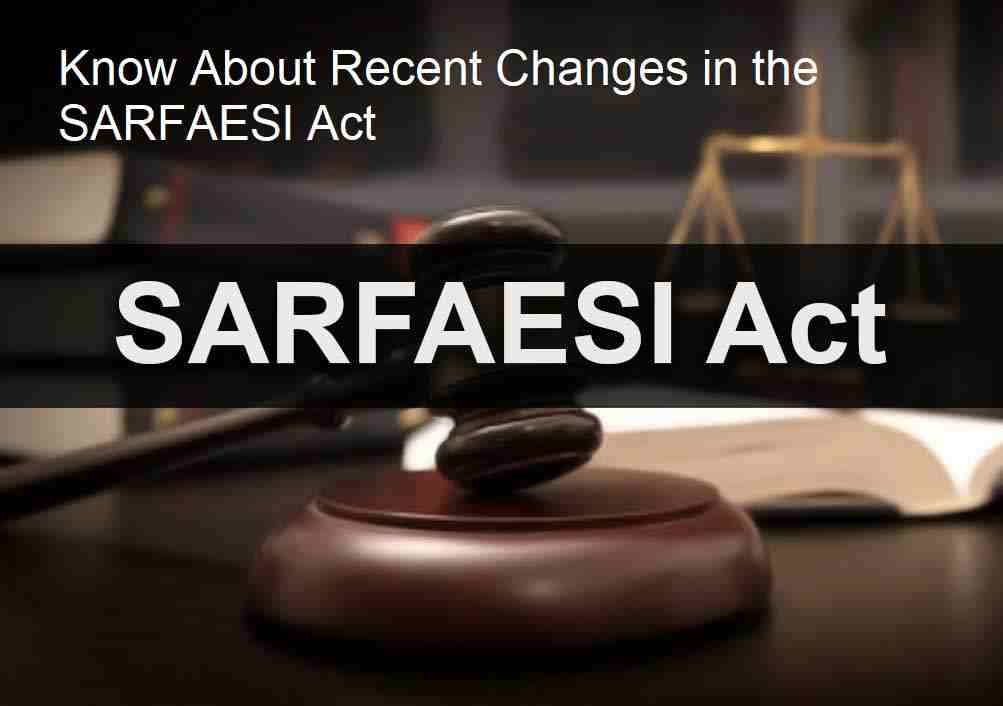The Insolvency and Bankruptcy Code (IBC), introduced by the Central government in 2016, aimed to address issues related to insolvent companies and combat the challenges posed by bad loans in the banking system. Over the past two years, the IBC has largely succeeded in preventing corporate defaults, reshaping the dynamics between debtors and creditors. Several significant cases have been successfully resolved within this timeframe, with others progressing toward resolution in advanced stages.
What is IBC? The Insolvency and Bankruptcy Code, 2016, stands as a pivotal insolvency reform in India's economic history. Enacted to facilitate the reorganization and resolution of insolvency for corporate entities, partnership firms, and individuals within a defined timeframe, its primary objective is to maximize the value of assets belonging to such entities.
What is NCLT?
The National Company Law Tribunal (NCLT) serves as the adjudicating authority (AA) with jurisdiction over companies and other limited liability entities.
What is DRT?
Debt Recovery Tribunal (DRT) has jurisdiction over individuals and partnership firms, excluding Limited Liability Partnerships.
The main differences between the Debt Recovery Tribunal (DRT) and the National Company Law Tribunal (NCLT) are outlined below:
-
Jurisdiction:
- DRT (Debt Recovery Tribunal): DRT primarily deals with cases related to the recovery of debt, especially those involving individuals and partnership firms (excluding Limited Liability Partnerships).
- NCLT (National Company Law Tribunal): NCLT, on the other hand, has jurisdiction over corporate matters, including cases involving companies and other limited liability entities.
-
Nature of Cases:
- DRT: Handles cases related to the recovery of non-performing assets (NPAs) and the resolution of debt-related issues, often involving banks and financial institutions seeking to recover loans from individuals and non-corporate entities.
- NCLT: Adjudicates on matters related to corporate disputes, insolvency, mergers and acquisitions, and restructuring. It plays a crucial role in the resolution and reorganization of insolvent companies and other corporate entities.
-
Entities Involved:
- DRT: Primarily involves individuals, borrowers, and partnership firms in debt recovery cases.
- NCLT: Involves corporate entities, companies, and other limited liability entities in matters related to insolvency, corporate governance, and business restructuring.
-
Legal Framework:
- DRT: Operates under the SARFAESI Act (Securitisation and Reconstruction of Financial Assets and Enforcement of Security Interest Act, 2002) and Recovery of Debts Due to Banks and Financial Institutions Act, 1993.
- NCLT: Operates under the Companies Act, 2013, and handles matters related to corporate and commercial laws.
-
Cases and Procedures:
- Companies approach NCLT for winding up and strike-off cases in the event of default, while banks and financial institutions approach DRT for debt recovery procedures.
- Insolvency cases, including liquidation, are dealt with by NCLT.
- Recently, it has been ruled by the High Court that parallel cases of the same company cannot run in front of both the tribunals (Case: SBI v. LML).
-
Corporate Body Authority:
- Corporate bodies do not have access to Debt Recovery Tribunal for recovery procedures. They can, however, approach the NCLT for winding up or liquidation of their debtor’s company, besides filing a recovery suit under Order 37 of the Civil Procedure Code.
Conclusion: These steps of establishing tribunals were taken to speed up the disposal of recovery-related matters and company-related issues. Although these developments were made to ease the business sector, they have, to some extent, confused people about which court or tribunal to approach in case of any discrepancy. In this article, we have briefly tried to clear out this confusion and explain the scope of these tribunals. Now, companies can litigate against their debtors and sue them for recovery or liquidation of their company. It is crucial to understand the law and order of the land and know where to approach in case of need.
It's advisable to consult with a legal professional for guidance tailored to your specific situation.
-
Time for Case Transition from DRT to NCLT: The time it takes for a case to transition from Debt Recovery Tribunal (DRT) to National Company Law Tribunal (NCLT) can vary based on several factors, including the complexity of the case, the legal processes involved, and the workload of the respective tribunals. For specific timelines, it's recommended to consult with a legal professional familiar with the details of your case.
-
Property Dispute: Given the complex nature of your property dispute, it's crucial to consult with a legal professional to evaluate your options. Generally, cases related to real estate disputes and possession issues may be taken to the appropriate civil court or consumer court for resolution. NCLT typically deals with corporate matters and insolvency issues.
- Quick Relief Consideration:
- If your primary concern is quick relief, consulting with a lawyer to assess whether the matter should be taken to the High Court might be a suitable option.
- Discuss the specifics of your case, including the promises made, the delay in possession, and any contractual agreements with the builder.
-
DRT Proceedings and Loan Default: If DRT proceedings have been initiated due to a default on your loan, it's essential to address the situation promptly. To explore your options, consider the following:
-
Consultation with a Lawyer:
- Seek legal advice to understand the implications of the DRT proceedings and how they relate to the broader property dispute.
- Discuss potential strategies to halt or address the DRT proceedings, keeping in mind the ongoing fraud case and other legal actions.
-
Communication with the Bank:
- Engage with your bank to discuss the situation, providing them with details of the fraudulent activities and the ongoing legal proceedings.
- Collaborate with your legal counsel to explore possibilities for resolution or negotiation with the bank.
-
Coordination with Legal Proceedings:
- Ensure that your legal strategies align with the ongoing fraud case, FIR, and other legal actions against the builder.
- Coordination between your lawyer and law enforcement authorities may be essential to strengthen your case.
Remember, legal matters are complex, and professional guidance is crucial for understanding your specific circumstances and determining the best course of action.


